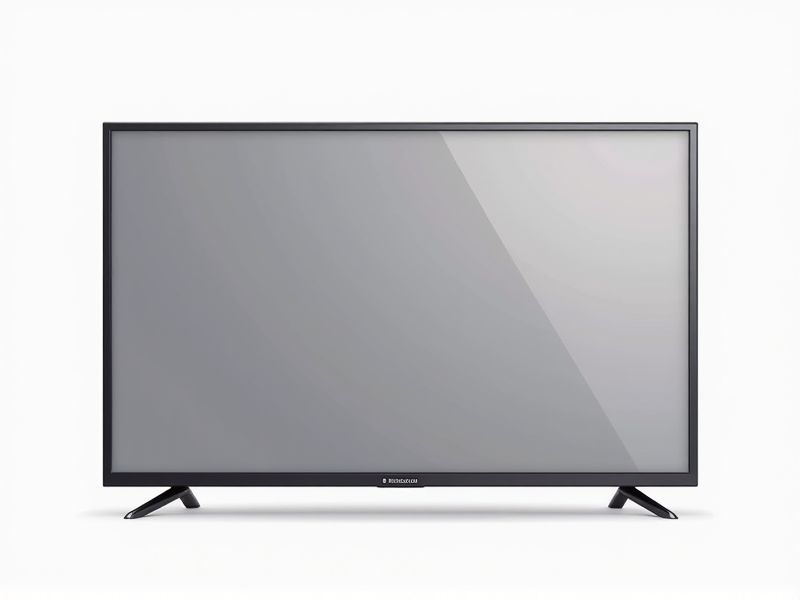
Smart TVs come in a variety of standard dimensions to suit different room sizes and viewing preferences. Most popular screen sizes are 32, 43, 50, 55, 65, and 75 inches, which refer to the diagonal measurement of the display. For example, a 55-inch smart TV typically measures around 48 inches wide by 28 inches high, not including the stand. When selecting a smart TV, consider the dimensions of your space and viewing distance to ensure a comfortable and immersive experience.
Screen Size
Smart TVs typically range in screen sizes from 32 inches to over 85 inches, catering to various viewing preferences and room dimensions. A larger screen size, such as 65 inches or more, provides an immersive experience, ideal for home theaters or spacious living rooms. Resolution is crucial as well; 4K UHD models are increasingly popular, delivering four times the pixels of 1080p HD TVs. When choosing a smart TV, consider your viewing distance; for optimal experience, a 65-inch TV is best viewed from about 6 to 10 feet away.
Aspect Ratio
The standard aspect ratio for smart TVs commonly ranges from 16:9, accommodating high-definition content while delivering an immersive viewing experience. This widescreen format has been widely adopted due to its compatibility with most streaming services and broadcast media, ensuring that 90% of movies and shows are displayed as intended. You will find that higher-end models may offer variable aspect ratios to enhance gaming and cinematic experiences. In contrast, older TVs often utilized a 4:3 aspect ratio, which is less prevalent in modern entertainment.
Resolution
The standard resolution for smart TVs has evolved significantly, with 4K (3840 x 2160 pixels) now being the benchmark for high-definition quality. Many models also support 8K (7680 x 4320 pixels), offering even sharper images that enhance viewing experiences. Your choice in resolution can dramatically impact streaming capabilities and gaming performance, as many content providers have adapted to these higher standards. In 2023, approximately 70% of televisions sold globally feature 4K resolution, reflecting consumer demand for clearer, more vibrant displays.
Bezel Thickness
Bezel thickness on smart TVs significantly impacts the overall viewing experience, as thinner bezels allow for larger screen areas and a more immersive appearance. Many modern models feature bezels as narrow as 0.5 inches, providing a sleeker design that maximizes screen real estate without distractions. A recent study indicates that consumers prefer displays with a bezel-to-screen ratio of 1:100 or better, enhancing aesthetic appeal and increasing the perceived value of the device. When choosing your smart TV, consider how bezel thickness will influence the integration of the device into your living space and enhance your multimedia enjoyment.
Stand Width
The stand width of smart TVs typically ranges from 30 to 70 inches, directly impacting stability and aesthetics. A wider stand, measuring around 60 inches, enhances support for larger screens while improving viewing angles. Ensure your entertainment unit can accommodate the stand width, as it plays a crucial role in placement and safety. Choosing a smart TV with a compatible stand width can elevate your overall viewing experience.
Weight
The average weight of a smart TV ranges from 15 to 100 pounds, depending on its size and design. Typically, larger models tend to be heavier, with 55-inch TVs averaging around 40 pounds. Many manufacturers utilize lightweight materials to enhance portability, making it easier for you to mount or relocate your device. When comparing options, consider not just the weight but also the durability and design features that contribute to overall performance.
Mounting Compatibility
Mounting compatibility is a crucial standard for smart TVs, ensuring that models adhere to the VESA (Video Electronics Standards Association) mounting patterns, which typically range from 75x75mm to 600x400mm. You can easily find wall mounts that accommodate weights up to 100 pounds or more, depending on the TV size and bracket specifications. The right mount not only enhances your viewing experience but also optimizes space, allowing for an organized setup in your home. Always verify your smart TV's dimensions and mounting requirements to achieve a secure and aesthetically pleasing installation.
Depth
The standard for smart TVs now emphasizes depth, with many models incorporating 4K Ultra HD resolution, offering four times the detail of Full HD. Advanced HDR technologies enhance color contrast and brightness, providing an immersive viewing experience. User interface designs prioritize intuitive navigation, integrating streaming services, and smart home controls seamlessly. Your choice in smart TV can significantly impact your entertainment experience, so consider models featuring OLED or QLED technology for superior depth and vibrancy.
Display Panel Type
When selecting a smart TV, consider the display panel type, as it significantly impacts viewing experience. LED, OLED, and QLED are the most common panel technologies, with OLED offering unparalleled contrast ratios and deeper blacks due to its self-emissive pixels. In contrast, LED TVs are known for their brightness and energy efficiency, making them suitable for well-lit rooms. If you seek vibrant colors and impressive brightness, QLED TVs utilize quantum dots to enhance color accuracy and overall picture quality.
Frame Material
When selecting a smart TV, the frame material significantly influences both aesthetics and durability. Premium models often feature aluminum or high-quality plastic, providing a sleek and modern appearance, while lower-end options may use cheaper materials, impacting longevity and visual appeal. A robust frame not only enhances your viewing experience by reducing vibrations during playback but also contributes to the overall build quality, extending the TV's lifespan. Consider your environment; for instance, a lighter frame may be ideal for mounting, whereas a heavier frame could provide stability in a high-traffic area.
